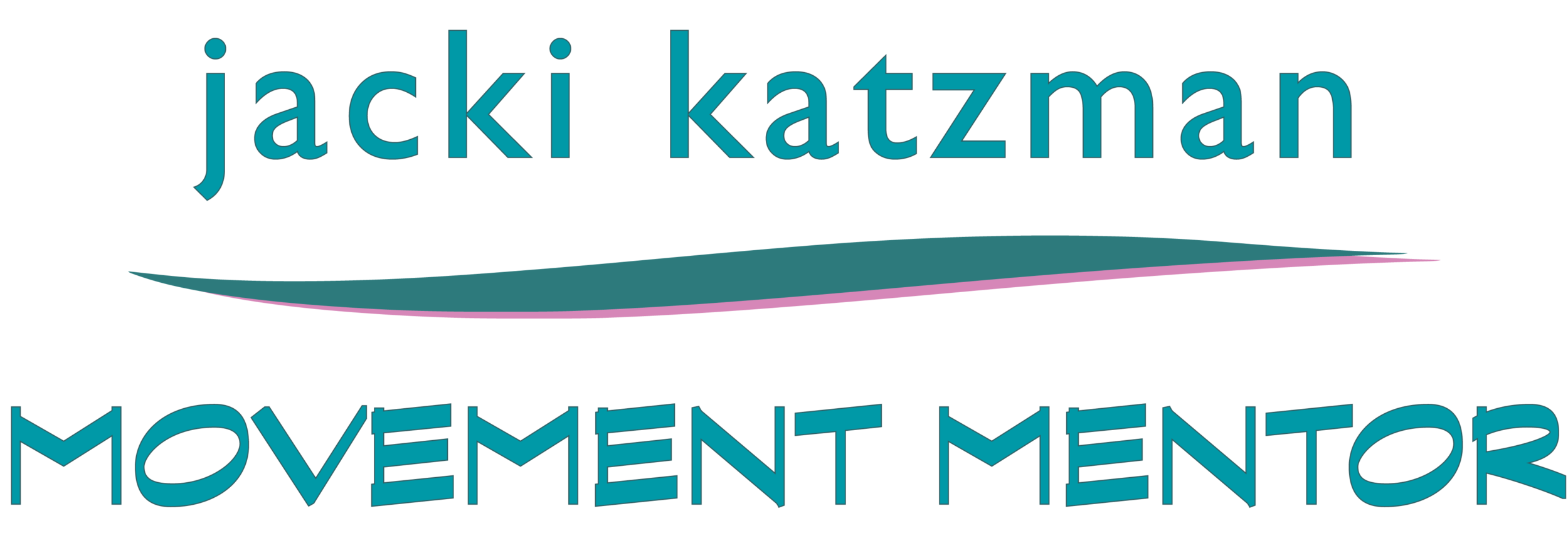Chronic Pain Is, and Isn't, In Your Head - And It Can be Unlearned
image source: www.canyonchiro.com
My Dad laid on the family room floor while flakes from the upstairs construction project drifted over him. He was at the peak of his career, on his back in wrenching pain, barely able move. Between the sciatica and the discs, he was a mess.
“The medical community has traditionally regarded chronic pain in one of two ways. Doctors either consider it a structural problem caused by tissue damage — muscle strain, ruptured disks, an inflamed or torn tendon; or they shrug, saying they can’t find anything wrong and suggesting painkillers, physical therapy, rest, or a different diet or lifestyle. Frustrated patients often come away with a highfalutin diagnosis that’s little more than a restatement of their initial complaint. In too many cases, surgery is performed, despite dismal success rates of around 25 percent
Fortunately, we now have not only better research than ever showing that much chronic pain is neuroplastic but also more avenues than ever to successfully treat it”
He didn’t take it laying down. He attended an 8-week program with Dr. John Sarno in NYC. Dr. Sarno’s theory, revolutionary in the early 80’s, was that much chronic pain is a mind-body phenomenon. The brain, in its attempts to protect from danger, generates chronic pain.
Dr. Sarno taught that gaining knowledge, altering beliefs, thinking and feeling differently can dramatically reduce the pain. What the brain learns, it can unlearn. Pain can be uncomfortable, but isn’t life threatening,
Frankly, some people thought my Dad was nuts to fly to NY to listen to a clearly non-establishment MD. But he followed the program and got back to living his life: golf and tennis, travel, entertaining and innovations in his work.
In “Chronic Pain is surprisingly treatable - when patients focus on the brain,” an October 15, 2021 Washington Post article, Nathaniel Frank shares his experience with Dr. Sarno and the latest research on pain and neuroplasticity.
The article cites recent studies indicating that chronic pain can be managed with mind-body approaches.
““One of the hardest parts of having chronic pain is the sense that your experiences or feelings are not valid. For too long, patients — especially women — have felt dismissed as neurotic when complaining of serious pain, and it would be a tragic misreading if the evidence on neuroplastic pain were misunderstood as an argument that chronic pain is imagined or the fault of the sufferer. The research shows the opposite: Chronic pain is real and debilitating — and since it’s learned by the brain, it’s usually reversible.” ”
Dr. Moshe Feldenkrais was onto pain as neuroplastic from the beginning, and many Feldenkrais teachers specialize in teaching to manage it. It’s not my forte, and this posting is more of a ‘did you know” than full essay. Here are a few resources on the Feldenkrais Method and pain. If you’d like a referral to a specialist, I know good ones across the country!

